15 Ceiling Soundproofing Ideas That Won’t Wreck Your Budget
I couldn’t sleep for weeks because of ceiling noise — footsteps, pipes, all of it. So I tried a bunch of cheap ceiling soundproofing ideas that actually worked. Here’s everything I’d recommend if you’re living alone and need peace and quiet.
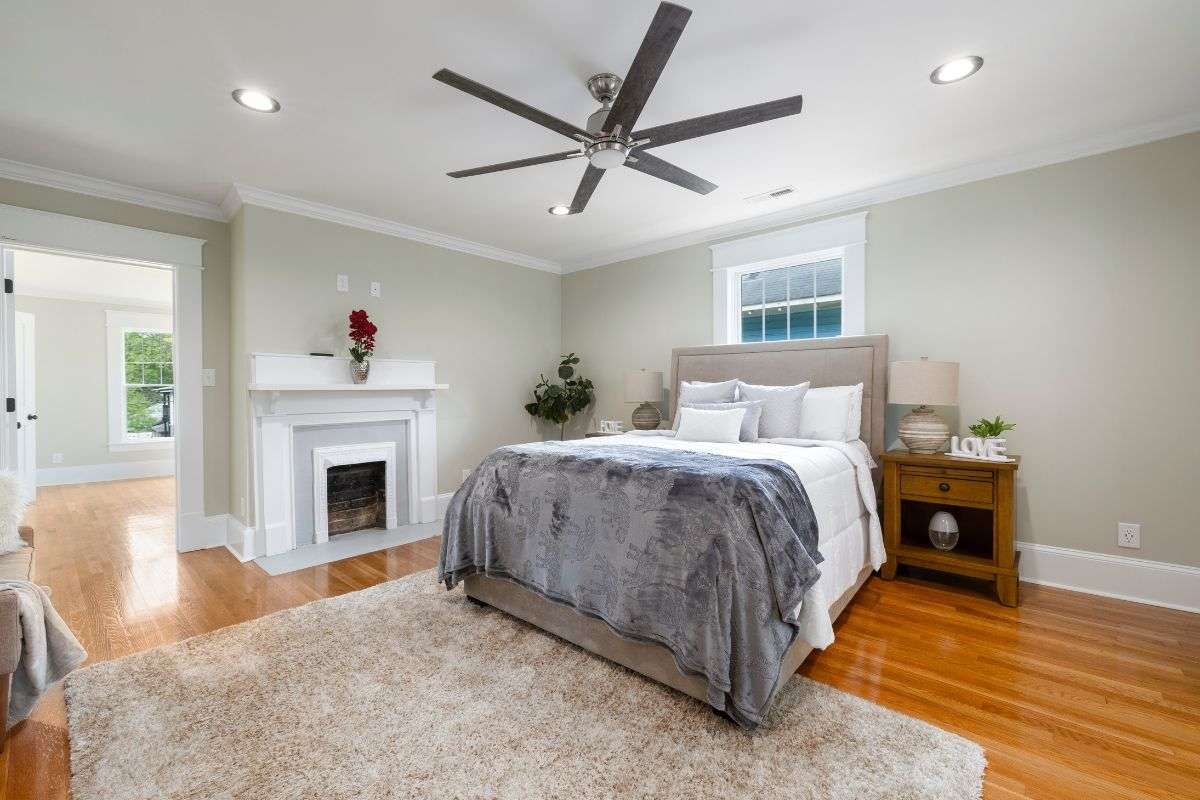
You know what no one tells you about living alone? It’s not just the silence — it’s the unexpected noise that gets to you.
Like the upstairs neighbors with heavy feet. Or the weird pipe sounds echoing from above at 2 a.m. Or that one squirrel that sounds like it’s throwing a party on your roof.
And when that noise is coming from the ceiling, it feels… inescapable. It’s not like you can just “close the door” on it.
But here’s the thing — soundproofing a ceiling doesn’t have to mean hiring a contractor or spending a fortune.
I’ve been down the rabbit hole of DIY fixes, cheap hacks, and renter-friendly tricks — and guess what? Some of them actually help.
So whether you live in a basement apartment, a noisy building, or just want your bedroom to feel more like a cocoon, here are 15 ceiling soundproofing ideas that won’t wreck your budget (or your lease).
1. Hang Heavy Curtains From the Ceiling
I’d suggest these – Amazon
Yep, curtains — but not on windows.
If you’ve got a specific area that’s extra noisy (like over your bed or desk), try hanging thick blackout curtains from the ceiling using ceiling-mounted curtain rods or adhesive hooks.
It creates a soft barrier that absorbs some of that unwanted noise coming from above — especially voices, footsteps, and echo.
It won’t block everything, but it’s renter-friendly, looks cute if styled right, and gives off cozy tent vibes.
You can even layer two panels back-to-back if the fabric is thin. And it helps with heat insulation too.
Also read: Best Bathroom Soundproofing Ideas
2. Use Acoustic Blankets or Moving Pads Overhead
Worth checking out – Amazon
Okay, I know this sounds a little wild at first… but hear me out.
Acoustic blankets (or even those thick moving pads you get at hardware stores) are surprisingly great at soaking up sound.
You can secure them to the ceiling using command hooks, nails (if you’re allowed), or even a DIY wood frame if you want something more structured.
They’re especially helpful in basements or rooms with unfinished ceilings where sound just bounces around.
Not the prettiest option out there — but if peace and quiet matter more than aesthetics? This one seriously works.
Also read: Best Ways to Soundproof Your Floor
3. Install Stick-On Acoustic Foam Panels
These are super effective – Amazon
These little guys are a game-changer for small spaces.
You’ve probably seen them in music studios, but they work surprisingly well in regular rooms too — especially if you’re dealing with echo or voices coming through the ceiling.
The best part… You can get peel-and-stick versions that are renter-safe and easy to install.
Just press them onto flat parts of the ceiling (like above your bed or workspace), and you’re done. No tools, no mess.
They come in different colors and shapes, too, so you can even make them look artsy instead of “studio-ish.” Small effort, big difference.
Also read: How to Soundproof a Room Cheaply
4. Layer With Fabric Wall Tapestries or Quilts
This one looks great – Amazon
This one’s for the cozy-core girls.
If you’ve got a tapestry, a quilt, or even a chunky throw blanket you’re not using — try hanging it on the ceiling.
It adds a soft layer that helps absorb sound (especially echo and light footstep noise from upstairs), and it honestly looks dreamy if you pick the right fabric.
Think boho canopy vibes, but functional.
Use push pins, small nails, or command strips with clips — whatever works for your space. And if you’re in a rental? Totally removable.
It’s one of those things that makes your place feel instantly softer, quieter, and just more you.
Also read: How to Soundproof Any Door
5. Try Interlocking EVA Foam Mats on the Ceiling
I’d suggest these – Amazon
Yep, the same squishy mats people use for home gyms or kids’ playrooms — but flipped upward.
These foam tiles are lightweight, super cheap, and actually decent at softening sound.
Just stick them onto the ceiling using strong double-sided tape or adhesive strips (test a corner first if you’re renting).
They’re especially useful in basements or rooms with exposed beams.
Plus, they’re easy to cut and shape, so you can customize the layout or just cover the noisiest spot.
Not a total soundproof miracle — but a smart, low-budget fix that adds a little padding between you and whatever’s going on upstairs.
Also read: Cheap Ways to Soundproof a Window
6. Mount a Drop Cloth Ceiling With Hooks
This one works great – Amazon
Think of this like a DIY fabric ceiling — soft, airy, and surprisingly helpful for noise.
Grab a thick cotton drop cloth (like the kind painters use) and attach it to the ceiling using small ceiling hooks or adhesive command hooks with string.
Let it drape just a bit so it forms a soft barrier with a little space in between — that air gap helps absorb sound.
It’s one of the cheapest ways to add a sound-softening layer without making any permanent changes.
And honestly… It gives the room a super cozy, tent-like feel that’s perfect for winding down at night.
Also read: How to Soundproof a Wall
7. Hang Soundproof Curtains Horizontally
I’d suggest these – Amazon
I know… curtains again. But this time, we’re flipping the whole idea on its head — literally.
If you’ve got a small space (like a studio or a noisy corner), you can hang heavy, sound-blocking curtains across the ceiling using curtain rods or tension wires.
It’s kind of like building a cozy ceiling cloud that absorbs echo and softens upstairs noise.
And you can pull them back like regular curtains if you ever want to “open” the space up.
It’s renter-friendly, reusable, and gives off that whimsical, artsy feel with a purpose.
8. Use Cork Tiles or Cork Sheets Overhead
Worth checking out – Amazon
Cork isn’t just for pinboards — it’s actually a natural sound absorber, and it’s super lightweight too.
Stick a few cork panels or sheets to your ceiling (especially over noisy spots), and you’ll notice it softens sharp sounds and echo.
They’re easy to cut, easy to remove, and if you’re into natural textures, they look kinda cool too.
You can even paint them to match your ceiling color or create a cute pattern. Stylish and functional? Yes, please.
9. Try Temporary Ceiling Panels With Command Strips
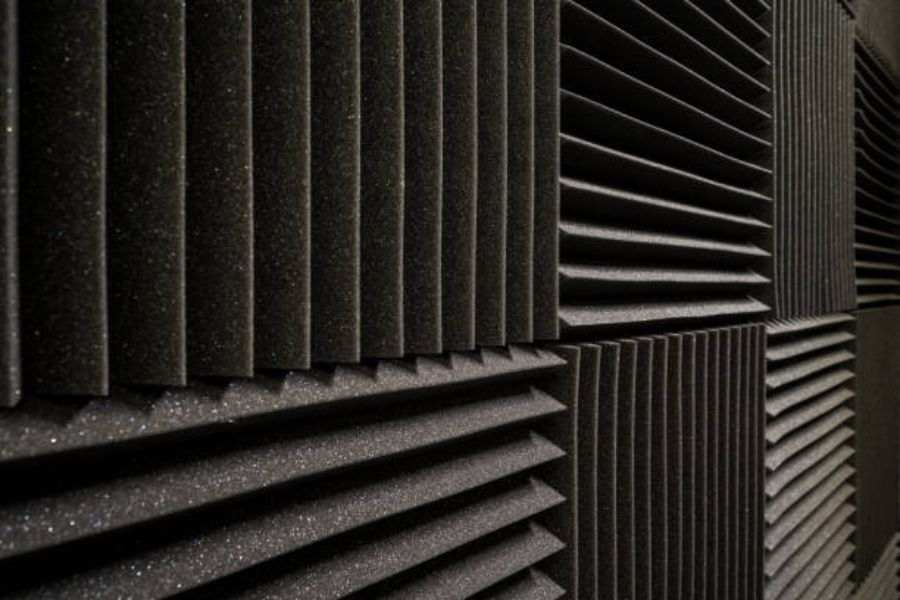
If you’re dealing with noise in just one area — like right above your bed or desk — you don’t need to cover the whole ceiling.
Grab a few lightweight acoustic panels (foam, cork, or even fabric-wrapped boards), and stick them up using strong command strips or velcro.
It’s targeted soundproofing without drilling or damaging anything.
You can even DIY your own panels with cardboard, thick fabric, and a staple gun.
It’s one of the easiest ways to make your ceiling feel more solid without actually building anything.
10. Add Thick Rugs or Carpets Upstairs (If Possible)
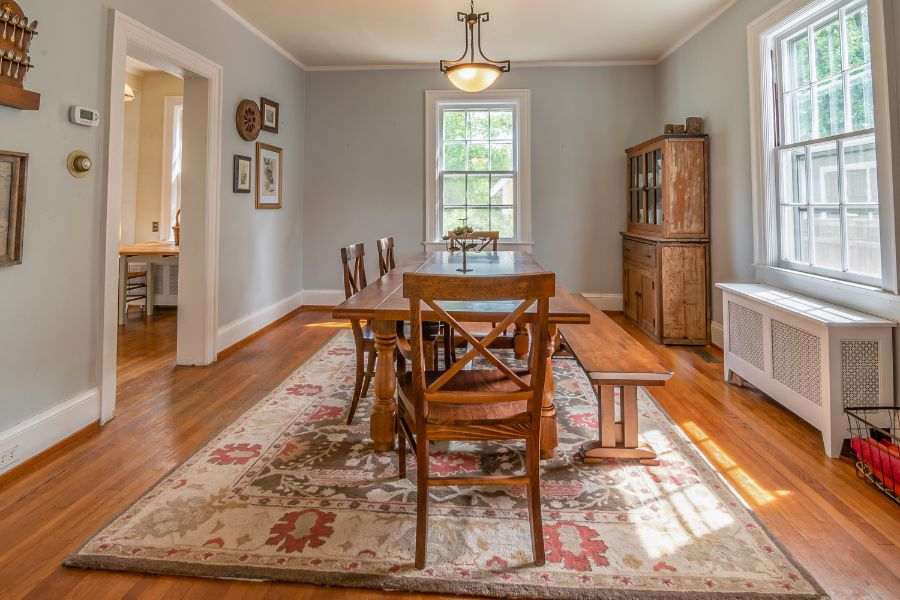
Okay, this only works if you control the upstairs space — but if you live in a two-story home or rent both levels, this is gold.
Adding thick area rugs or even carpet runners to the upstairs room directly above your problem ceiling can dramatically reduce noise below. Padding under the rug helps even more.
It’s not technically a ceiling fix, but it’s one of the most effective ways to deal with impact noise like footsteps and furniture dragging.
11. Use Egg Crate Foam (On a Budget)

Okay, it’s not glamorous — but if you’re in a pinch, egg crate mattress foam can totally work as a DIY sound softener.
Cut it to size and stick it on the ceiling using adhesive strips, or staple it to a lightweight wood frame you can hang.
It helps reduce echo and dampens mid-range noise (like voices or TV sounds from upstairs).
It’s especially helpful in basements or rooms where you don’t care too much about looks — think of it as a “function first” fix that actually gets the job done.
12. Make a DIY Wood Frame + Insulation Panel
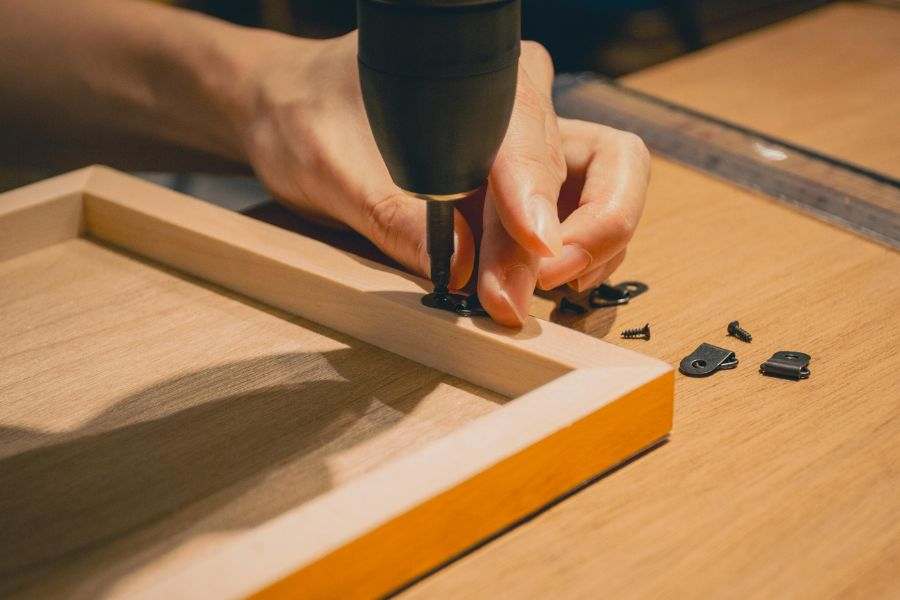
Feeling a little crafty?
You can build a lightweight wood frame, fill it with insulation (like Rockwool or recycled denim), and wrap the whole thing in fabric.
Then just hang it from the ceiling using hooks or wires — kind of like a floating soundproof panel.
It looks way more finished than foam or blankets, and you can totally style it to match your vibe.
Plus, it’s super effective for blocking both echo and airborne noise.
13. Use a Large Canopy Bed Frame as a Sound Trap
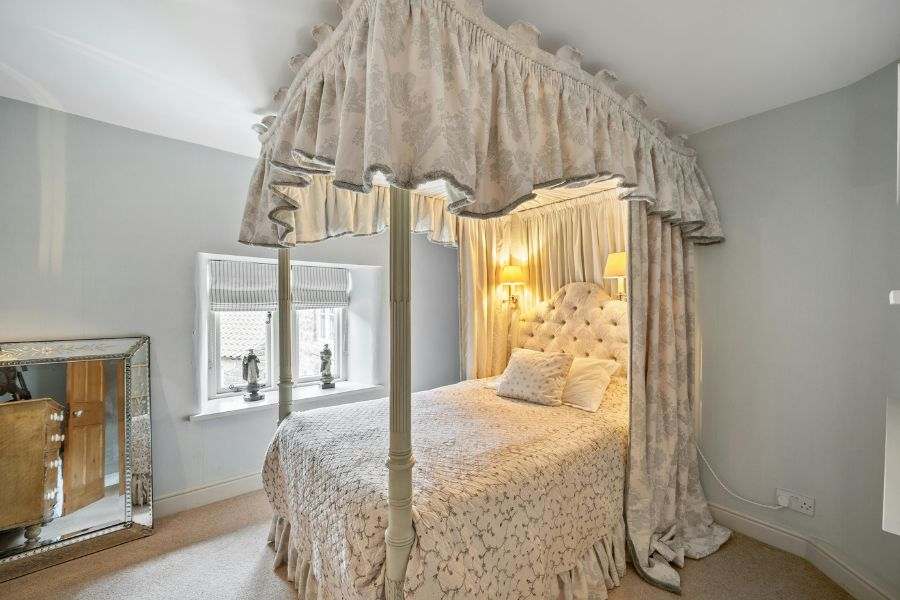
If you’ve got a canopy bed (or plan to get one), you’re already halfway to ceiling soundproofing.
Just drape thick curtains, tapestries, or even old quilts from the top frame to create a soft, enclosed space that absorbs noise from above.
It’s especially helpful for bedrooms with thin ceilings — and bonus, it feels like you’re sleeping in your own private nest.
No tools. No ceiling damage. Just instant cozy quiet.
14. Stick Up Mass Loaded Vinyl Squares (With Removable Tape)
Worth checking out – Amazon
If you’re dealing with serious noise — like stomping, music, or pipes — Mass Loaded Vinyl (MLV) might be worth a shot.
It’s a dense, flexible material that blocks sound really well.
You can cut it into smaller squares or strips and stick it to the ceiling using heavy-duty double-sided tape (test it first if you’re renting).
It’s not the prettiest option, but if you’re desperate for peace and quiet, this is one of the most effective non-construction soundproofing tools out there.
15. Seal Gaps Around Light Fixtures & Vents
I’d recommend this one – Amazon
This one gets overlooked all the time — but tiny gaps around ceiling lights, fans, and vents can leak a surprising amount of noise.
Use weatherstripping, foam sealant (if you’re allowed), or even removable putty to close up those little cracks.
It won’t soundproof your whole ceiling, but it’ll help stop sound from slipping through those tiny spots.
And sometimes, that little bit of quiet makes all the difference when you live alone.
Quick Tips Before You Start
- Check your lease (or ask first): If you’re renting, always double-check what you’re allowed to stick, hang, or drill into the ceiling. Some hacks here are totally removable — but it’s better to be safe than risk losing your deposit.
- Test one area first: Before going all in, try a small patch. Hang one curtain or stick one panel and see if it actually helps with your type of noise.
- Combine soft + dense layers: For the best results, try mixing soft materials (like fabric or foam) with denser ones (like vinyl or cork). That layering trick works way better than using just one type of material.
- Focus on where the noise hits hardest: You don’t have to cover the entire ceiling. Start with the area right above your bed, couch, or wherever the sound is worst.
- Don’t chase perfection — go for peace: Ceiling soundproofing won’t magically turn your space into a recording studio. But if it helps you sleep better, feel calmer, or just breathe easier at home? That’s a win.
One Last Thing Before You Go
Living alone is supposed to feel peaceful — but when your ceiling turns into a noise highway, it’s hard to relax, let alone feel safe and calm in your own space.
Truth is, you don’t need fancy renovations or a sound engineer.
Sometimes, it’s a few blankets, a couple of foam panels, and a little creativity that makes all the difference.
Start small. See what works. And build your quiet little bubble one layer at a time.
If any of these ideas help, feel free to save this guide on Pinterest — or connect with me on Facebook if you’ve got questions or need more ideas.
You’re not alone in this.
